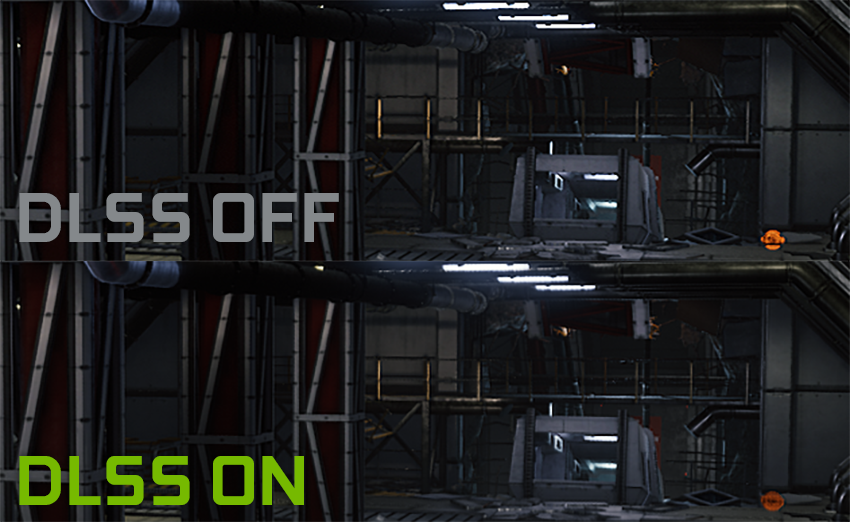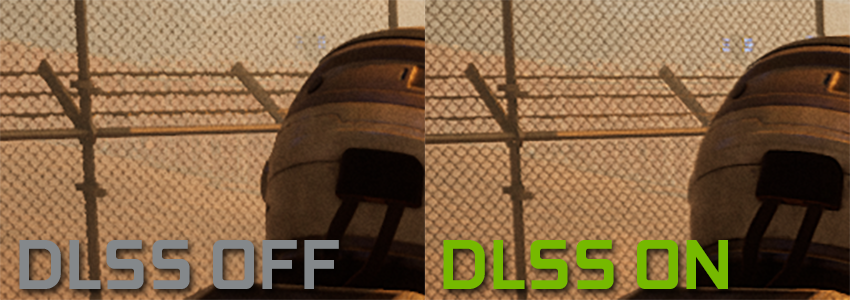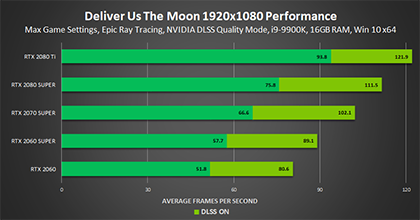Deliver Us The Moon Adds Stunning Ray-Traced Effects and NVIDIA DLSS
Released earlier this year, Deliver Us The Moon, from developer KeokeN Interactive, is an indie sci-fi adventure that has you traveling to outer space in a last-ditch effort to save the human race. Today, the title gets a major update with the addition of NVIDIA DLSS and three immersive real-time ray-traced effects: shadows, opaque reflections, and translucent reflections.
To The Moon
In Deliver Us The Moon, the Earth’s natural resources have been all but depleted. Humanity’s last chance for survival rests on a series of lunar bases constructed by the World Space Agency. With a new energy source secured on the Moon, Earth’s crisis was on the verge of being solved until all communications abruptly ceased overnight.
As the world’s last astronaut, you are sent to investigate what happened on the fateful night when the moon went silent. And more importantly, to save humanity.
Your dire mission will take you to some incredibly detailed environments that look even more realistic thanks to three new real-time ray-tracing effects. Let’s break down how each enhances the game.
Ray-Traced Opaque Reflections
If you take a look around your room, you can see light reflecting off of nearly every surface. Smooth, hard surfaces like a coffee mug will have a bright shine and show some object reflections. The soft leather of your chair will give off a soft glow in the direction of your light source, and everything else in the room will likely fall somewhere along that spectrum. With so many objects able to reflect light sources and object details, it’s no wonder that most games only show a very limited number and type of reflections.
The power of real-time ray-traced opaque reflections allows a developer such as KeokeN Interactive to add reflectivity to every suitable surface in a scene. Suddenly, a room comes alive as each light source is faithfully reflected off of each object just as it would in the real world. And since each reflection utilizes the Fresnel Effect, it adds a sense of depth and distance in the space.
The lunar colonies of Deliver Us The Moon are filled with smooth metal surfaces that will let you see your character’s reflection, as well as your surroundings from the correct angle when ray-traced opaque reflections are enabled. And ray-traced shadows are also reflected, adding yet another level of depth and immersion to your experience.
Ray-Traced Transparent Reflections
Not all reflections are created equal. Just as objects range from shiny to dull, they can also have levels of transparency. You might not think that creating reflections for something such as a glass window would be any different than say, a shiny metal countertop, but you have to take into consideration everything that’s on the other side of the glass, as well as what’s being reflected.
Click to load an interactive comparison demonstrating the benefits of ray-traced reflections
Ray-traced transparent reflections add new details to a scene that simply weren’t possible using traditional methods. Now when you look out across the barren lunar landscape from inside the Copernicus Outpost, you’ll see the walls and lights behind your character softly reflected off the protective glass windows.
Just like with real glass, the objects beyond retain their crisp details, despite the accurate reflections on the window’s surface.
Ray-Traced Shadows
Shadows are a key visual element in judging the size and distance of an object. Shadows can also accentuate the depth and detail of the objects and characters in a room. Real-time ray-traced shadows grow softer the farther they get from the object that cast them, emulating the properties of real-life shadows. This creates depth in a scene and adds an additional level of detail to every object.
Abandoned colonies aren’t known for their abundant lighting, and Deliver Us The Moon uses this concept to create some exciting and immersive environments that are exponentially enhanced by ray-traced shadows.
Click to load an interactive comparison demonstrating the benefits of ray-traced shadows
As you navigate the deserted colonies of the Earth’s moon, your character and every object in the environment will cast realistic and immersive shadows onto their surroundings, no matter how small, thanks to real-time ray-tracing. Traditional shadow-casting methods like shadow mapping don’t allow for finer details for smaller objects. However, you can see the finer details in the shadow cast by the grated walkway in the screenshot above where ray-traced shadows were enabled.
Enabling these incredible ray-tracing features adds a new level of immersion to the game.
Boost Performance with NVIDIA DLSS
To ensure that you can comfortably play at 60FPS+ with max settings and all ray-tracing effects enabled, the new Deliver Us The Moon update also includes support for performance-boosting NVIDIA DLSS.
Quality, Balanced, and Performance modes are available, adjusting the DLSS rendering resolution, enabling you to choose the balance between image quality and performance. For 1920x1080 and 2560x1440, the default is set to Quality, and 4K’s set to Performance.
As an AI algorithm, DLSS is constantly learning and improving. Deliver Us The Moon demonstrates this continuous improvement, with DLSS delivering a 1.6x+ boost in frame rate across GPUs and resolutions:

In other words, with DLSS enabled, you can play Deliver Us The Moon at 60 FPS+, with max settings and ray tracing on these configurations:
Most importantly, DLSS achieves this performance while keeping image quality comparable to native resolutions with TAA.

DLSS maintains the crucial line work on the pillars and railings, the specular lights, the subtle gradients, and all the details. Here, DLSS’s Quality mode strengthens the horizontal catwalk railing, which looks a bit more aliased in the native image with TAA at 1920x1080
In some cases, you may even see more image detail:

DLSS doesn’t just maintain image quality and boost performance—here, it stabilizes the intricate cyclone fencing at 1920x1080 using Quality mode
To learn more about DLSS in Deliver Us The Moon, check out our in-depth DLSS article.
Ray Tracing: Delivered
Deliver Us The Moon’s update unlocks the game’s full graphical splendor. Three amazing ray tracing technologies use the power of RTX to take every shadow and reflection on the lunar surface to realistic new depths. Deep learning and AI team up in the form of DLSS to improve the game’s performance, allowing anyone with a GeForce RTX graphics card to play at the title’s highest settings.
Now is the perfect time to put on your space suit and save the Earth in Deliver Us The Moon. If you’ve already played through once before, then you already know how beautiful the game already is. The new ray-tracing features crank the beauty and realism up to 11, and DLSS delivers the performance to enjoy it on any GeForce RTX GPU.





